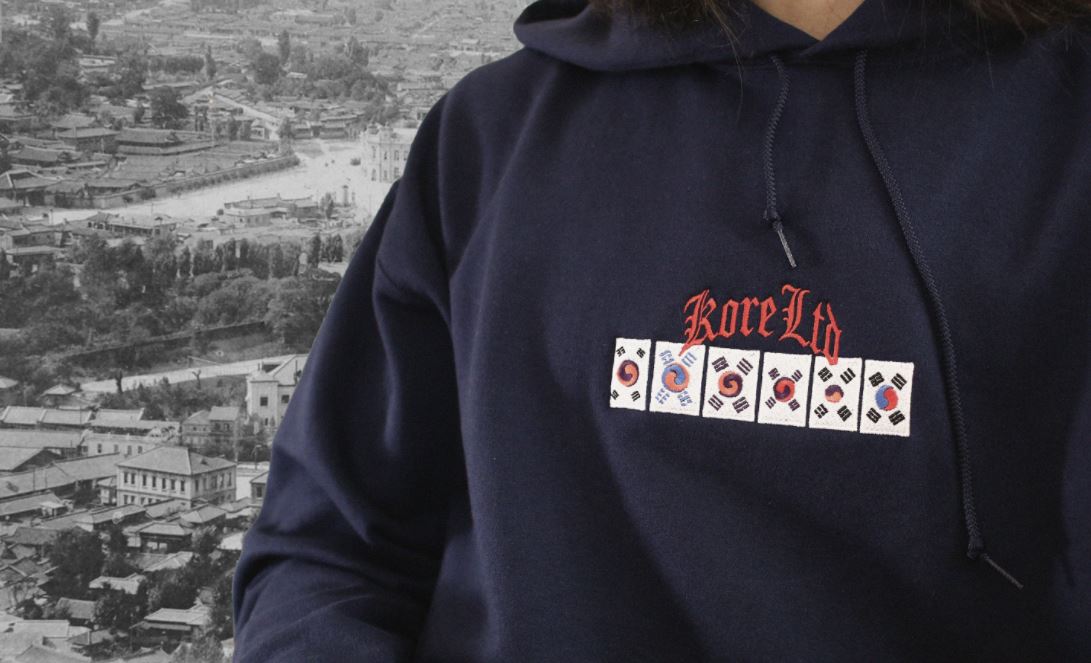A country’s flag is one of the most powerful symbols of a nation’s values. Korea’s national flag, the Taegeukgi (태극기, meaning “taegeuk flag”) has grown to be a recognizable symbol of the state, representing the country’s most important beliefs: peace, unification, creation, light, and eternity. As recognizable as the iconic flag is, the current iteration has only been used since 2011. The Taegeukgi actually has many different versions that have been used throughout history, dating back over 130 years.

The first recorded use of the Taegeukgi as we know it today was during the Joseon Dynasty, in 1883. Prior to this point, Korea did not have an official national flag. Talks of creating a flag began in the 1870s, when Korea entered negotiations with Japan to create the Japan – Korea Treaty of 1876. At the congregation between the two countries’ delegates, the Japanese delegates presented their national flag. However, when the Joseon Dynasty did not have a corresponding flag to hang, it was proposed that a Korean flag be designed in the future.
Later, further negotiations with foreign countries caused the Korean government to prioritize the creation of a national flag. The most popular proposal was described in the "Korea Strategy" papers, by the Chinese delegate Huang Zunxian. In the papers, Huang proposed an idea that would incorporate the flag of the Qing dynasty into the Joseon dynasty flag. This idea was touched upon by other scholars, such as Lee Eung-Jun.

In 1882, Korean politician Bak Yeong-hyo presented to the Joseon government a scale model of his proposed national flag, the Taegeukgi. The design featured a Taegeuk and four trigrams over a white background. This design represents Korea’s most valued beliefs. The Taegeuk symbolizes balance in the universe, and the trigrams each symbolize the four classic elements:
☰ Keon - heaven and light; the creative; signifies the beginning of the creation of all things.
☲ Ree - fire and sun; the clinging; providing light, warmth, enthusiasm, and hope.
☵ Kam - water; the abysmal; incorporating all obstacles into its path.
☷ Kon - earth; the receptive; the quality of being perceptive.
The white background of the flag represents the homogeneity, integrity, and peace-loving nature of the Korean people. Together, the elements of the flag collectively represent movement and harmony as fundamental principles. In a more literal understanding, Koreans traditionally wore white clothing, earning them the nickname “white-clothed people.”

Bak later became the first person to use the Taegeukgi in the Empire of Japan that year. The next year, in 1883, the Joseon government formally established the Taegeukgi as the official national flag.
 Our Legacy design pays tribute to these different iterations, including the 1882 original design by Bak Yeong-hyo - the version used during the March 1st movement. Our 1909 Ahn’s Flag design also pays tribute to a version of the flag created by Ahn Jung-geun, a Korean independence activist. In this way, we honor the steadfast presence of the Taegeukgi as a symbol of Korea and its people throughout history.
Our Legacy design pays tribute to these different iterations, including the 1882 original design by Bak Yeong-hyo - the version used during the March 1st movement. Our 1909 Ahn’s Flag design also pays tribute to a version of the flag created by Ahn Jung-geun, a Korean independence activist. In this way, we honor the steadfast presence of the Taegeukgi as a symbol of Korea and its people throughout history.
 Make sure to check out our Legacy design in hoodies (maroon, navy, black) and sweatpants (black, navy); as well as our 1909 Ahn’s Flag bomber jackets, (maroon, black, olive green).
Make sure to check out our Legacy design in hoodies (maroon, navy, black) and sweatpants (black, navy); as well as our 1909 Ahn’s Flag bomber jackets, (maroon, black, olive green).




Leave a comment